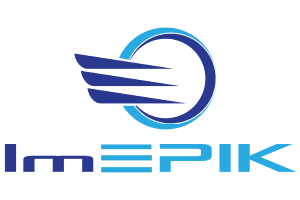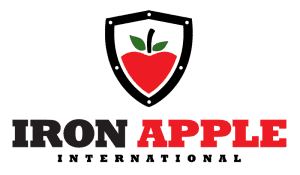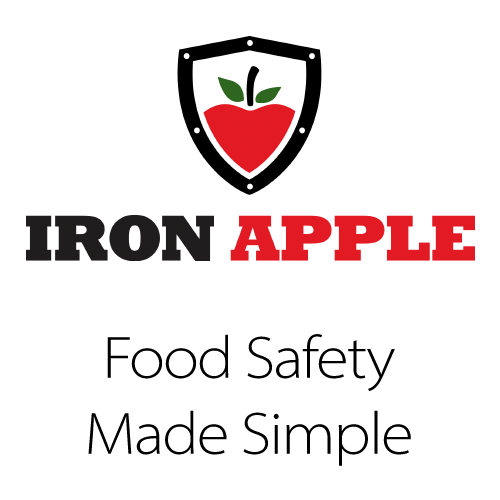The Top 4 Things You Need to Know About the Preventive Controls Plan
In Canada, compliance with food safety regulations means having an effective Preventive Controls Plan not just on file but also fully implemented. To make this happen, you must train your workforce to ensure they are audit-ready.
The Preventive Controls Plan, also known as the PCP, is top-of-mind for Canadian food manufacturers because compliance deadlines began hitting in late 2020. The deadline for smaller companies is also coming July 15, 2021. If you aren’t sure that you need a PCP, the Canadian Food Inspection Agency has a tool to help you figure it out.
The Preventive Controls Plan is key to compliance with the Safe Food for Canadians Regulations (SFCR). It lays the foundation for the entire food safety program for Canadian food facilities.
What Exactly is a Preventive Controls Plan?
Under the SFCR, companies that import food, prepare food for export, or trade food between Canadian provinces must have a Preventive Controls Plan in place. The PCP documents how risks are controlled and identified during the food production process, in addition to clearly demonstrating a company’s commitment to making safe food.

Four Ingredients for a Successful PCP
The PCP is very much like the Food Safety Plan required in the United States under the Food Safety Modernization Act.
The essential elements of the PCP are outlined by the Canadian Food Inspection Agency (CFIA) as follows:
- People and Experience Matter
Anyone involved in developing or applying the PCP should know both food safety and how to make your company’s products. They should have prior experience, technical expertise in food production, and training in hazard analysis. - Documentation is Key
There are planning templates available, but generally, your plan should list all preventive controls and talk about the process for responding to complaints and recalls. Additionally, the plan should describe the procedures for each preventive control and the who, what, how, and when for each one. - Be on the Lookout
When conducting a hazard analysis, it’s crucial to identify all risks and the control measure for each. Establishing a monitoring program will also ensure that you can quickly correct the situation when things do happen. Verifying that hazards are indeed under control is also essential. - Follow the Plan and Verify That it’s Working
Train your staff, follow your procedures and ensure that your plan is up-to-date. Your Preventive Controls Plan should also be updated when you add a new product or equipment to your operation. An excellent way to test whether your plan is working is to pursue a third-party inspection and audit.
The Importance of Audits and Training – Even in a Pandemic
The PCP is, of course, only one piece of an effective food safety program. Training your workforce and being audit-ready is also important.
Over the last year, the pandemic has changed how both training and auditing happen. Thankfully, service companies like Iron Apple and ImEPIK have pivoted to support the food industry during these challenging times.
An audit is one of the most effective ways to validate whether your PCP is working. However, many facilities are still limiting the number of visitors they’ll allow due to the pandemic. It is more important than ever to show your customers that your organization is still maintaining its food safety and quality standards. The best way to do that is through the audit process. The risk of waiting too long puts your organization in jeopardy of losing your certification and potentially losing customers. For this reason, many organizations are turning to remote audits.
The remote audit process is much like an onsite audit, only supported by technology. Video conferencing, file sharing, and digitized food safety platforms like Iron Apple’s Quality Management System support 100 percent remote audits.

According to the customer feedback on Iron Apple’s remote audit enabled QMS platform, audits completed remotely tend to be more efficient than the onsite audits. The facilities do not feel overwhelmed, and auditors can dive deeper into more areas without distractions. Auditors will review documents, records, and the virtual onsite inspection through the agreed-upon method and platform. Like an audit performed onsite, it is essential to ensure responsible personnel are available throughout the audit to answer the auditor’s questions.
Training ensures that your workforce is current on all the regulatory requirements and that you can successfully implement your Preventive Controls Plan. Every member of your food safety team should take ImEPIK to prepare to meet the requirements of the SFCR. The course covers regulations in the US and Canada and the latest techniques and practices for hazard identification and prevention. The training is also 100% online, so there’s no travel or in-person instruction, and you’ll also receive a comprehensive reference manual and a completion certificate once you’ve passed the course.
Regulatory compliance is an essential aspect of food production and implementing the Preventive Control Plan is only the first step.










